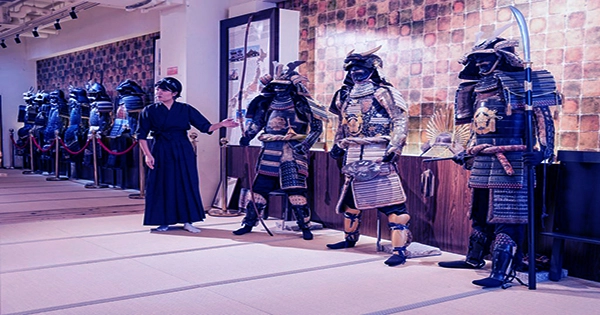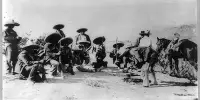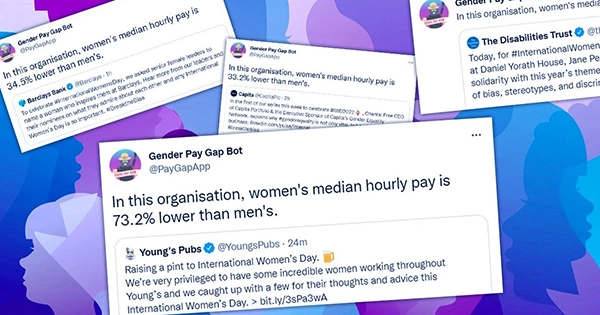Yasuke, an anime series, debuted on Netflix in 2021. It is based on the true story of an African warrior who, after migrating to Japan, became a skilled samurai and fought in the Sengoku period (1467-1568). While the six-episode show has elements of fantasy such as robots and magic, it is grounded in reality.
This is the genuine story of the famed Black samurai Yasuke.
Meeting a Jesuit missionary from Italy
Yasuke’s childhood is shrouded in mystery. Historians believe he was born in Mozambique, Ethiopia, South Sudan, or Nigeria. Some speculate that he was enslaved as a child. If true, he would have been a free man until he met Italian Jesuit missionary Alessandro Valignano, who most likely hired him as an unofficial bodyguard.
According to historian Thomas Lockley, missionaries were not authorized to carry firearms, thus Valignano would have needed some type of protection as he traveled through India to Japan during a centuries-long civil conflict. However, missionaries were not supposed to have any troops or guards accompanying them, thus Yasuke, while armed, would have been a valet or some other type of servant.

According to some sources, Yasuke was a fighter, which would explain why Valignano chose him. According to Deborah DeSnoo, a director who worked on a documentary about the famed samurai, “It would have been impossible for Yasuke to rise to the rank of samurai in just a year without a warrior background.”
Yasuke’s arrival in Japan
In 1579, Yasuke came to Japan. He and Alessandro Valignano flew to Kyoto two years later to see daimy Oda Nobunaga, from whom the latter would request permission to depart the kingdom.
The anime series presents Yasuke’s entrance to Nobunaga’s court in a realistic manner. He is ordered to be washed when he first arrives. “Did you ink your skin black?” he questioned when his skin tone doesn’t change. He says, “I was born with black skin.” This is correct; according to Thomas Lockley, Nobunaga first did not believe Yasuke’s skin was as dark as it was.
Nobunaga was taken with Yasuke and invited him into his court. In Nobunaga’s chronicle, he was initially described as “robust, black as a bull, and of fine character.” Yasuke became the lord’s confidant after their meeting. The two apparently spoke frequently, and as Nobunaga was unlikely to know Portuguese, Yasuke most likely learned Japanese.
Yasuke quickly adjusted to his new way of life. He was most likely the only non-Japanese person in Nobunaga’s service, which could explain why the man was so taken with him. Nobunaga bestowed to him his own ceremonial katana as well as a home.
A legendary samurai
It’s critical to define what a samurai is. Samurai were Japan’s hereditary military nobility between the medieval and early modern periods, from the late 12th century to the late 1800s. Each was a well-paid member of a landholder’s court with a high-ranking position.
According to Thomas Lockley, the definition of a samurai was fluid, as “you don’t have to possess any particular killing skills to be a samurai.” Anyone who took up arms on behalf of a lord might technically declare himself or be dubbed a samurai.”
Yasuke followed Oda Nobunaga into the Battle of Tenmokuzan in his capacity as a samurai. Following the defeat of Takeda Katsuyori’s forces by Nobunaga’s forces, the former, together with Yasuke and his other supporters, examined the land taken from the Takeda clan.
The dying moments of Oda Nobunaga
Oda Nobunaga was attacked by Akechi Mitsuhide’s troops in June 1582, forcing him to perform seppuku. The lord committed suicide in the Honn-ji temple, which became known as the “Honn-ji Incident.” This result was unsurprising given Akechi’s 13,000 troops and Nobunaga’s 30, one of whom was Yasuke.
Seppuku was a method of taking control of one’s own death. It was viewed as Nobunaga’s final victory rather than being killed by another. The real act saw him slash into his abdomen, and a kaishakunin cut off his head to expedite the procedure. Mori Ranmaru, one of Nobunaga’s attendants, was said to have served as his kaishakunin.
At the time, Yasuke was in the temple. After Nobunaga died, he was said to have stolen the lord’s head, preventing the enemies from doing so. The body portion would have served as a mark of legitimacy if Akechi had taken it. As a result of his activities that day, Yasuke altered Japanese history.
On the same day, Yasuke joined the forces of Oda Nobutada, Nobunaga’s son. According to Thomas Lockley, while Nobutada had 200 soldiers, Akechi still had 13,000, thus it’s not unexpected that the latter drove the former to commit suicide later that day. Yasuke was most likely wounded during the conflict and was last seen being transported to a Jesuit house.
While Yasuke’s narrative is intriguing, he was not the only non-Japanese person to visit Japan and serve in such a capacity. People from China, Korea, and Africa have all visited and resided in Japan. The most notable distinction between Yasuke and these men is that they served lowly noblemen, whereas the legendary samurai served a famous and powerful lord.
















